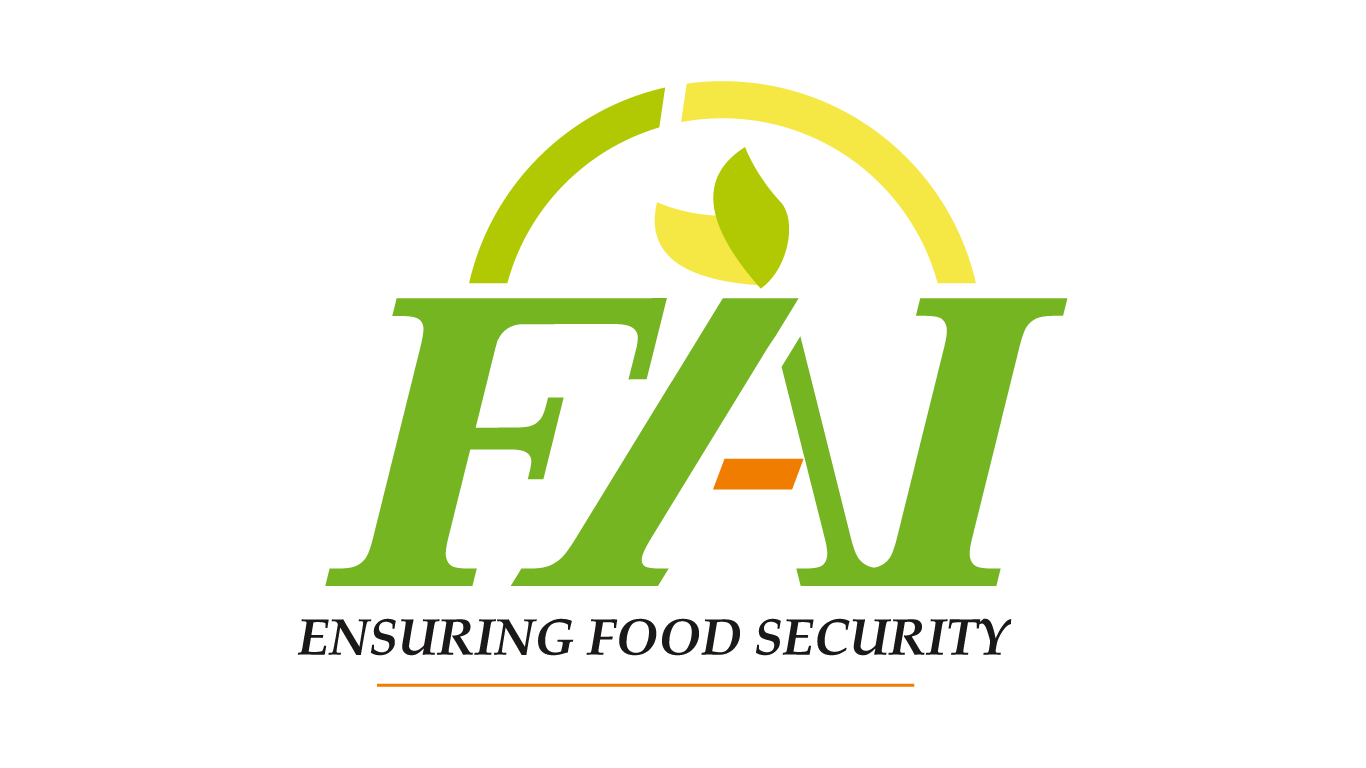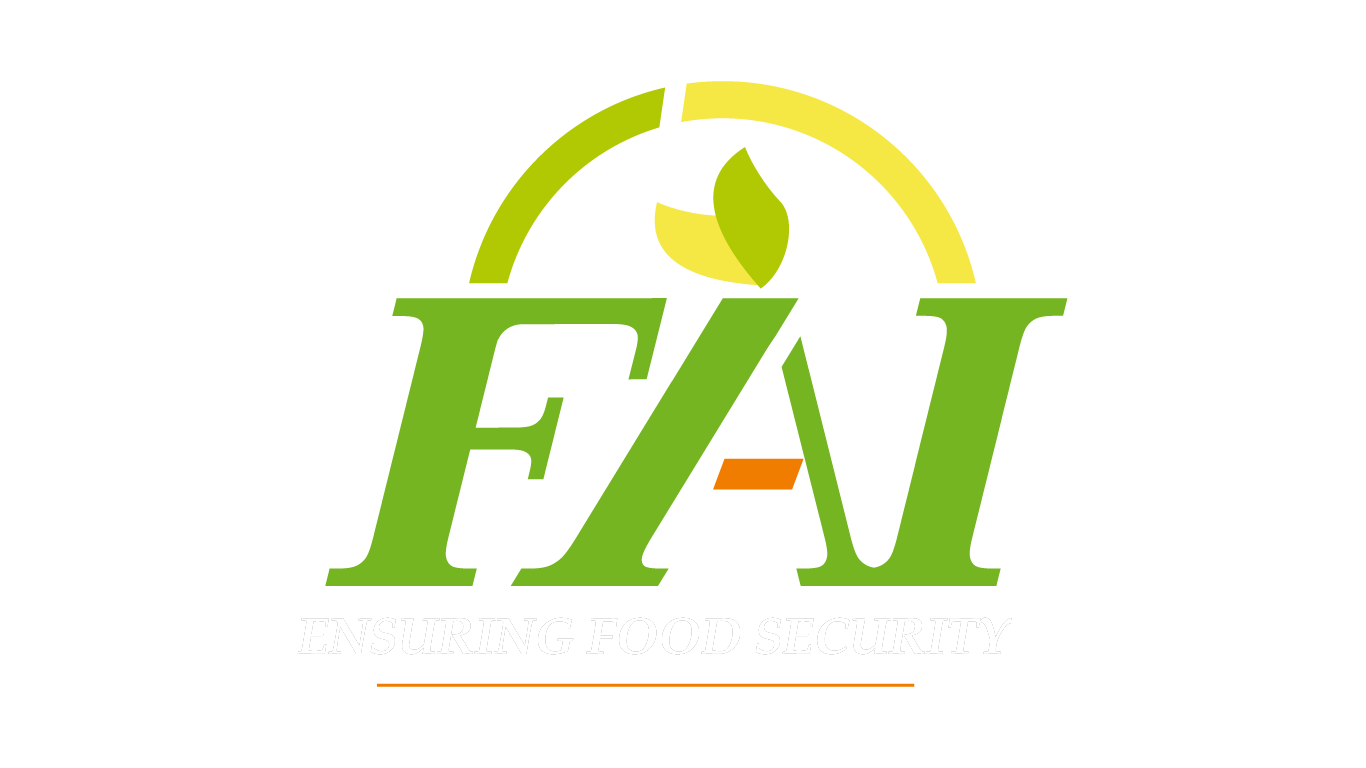There has been good growth in agriculture over the years inspite of stagnant net cropped area.
Improving or maintaining such a growth in future would be a challenging task as the intensive agriculture which primarily relied on increased use of inputs and exploitation of natural resources has started showing signs of fatigue. Dwindling land and water resources; plateauing crop yields; declining soil organic carbon and crop response to fertiliser use; suboptimum use of secondary-and micro-nutrients; widening N:P2O5 :K2O use ratio; appearing multinutrient deficiencies; mining of nutrients due to mismatch between absorption and addition; decreasing population of microorganisms in soil; emerging environmental concerns in the form of climate change; shrinking biodiversity; and looming energy crisis may pose a serious threat to agricultural sustainability and food security. With only 2.3% of the world’s land and 4% of global freshwater resources, 16% of human, and 17% of cattle population, yearly growth in agricultural production should be around 4% on sustainable basis to meet the growing need of burgeoning population without damaging the agro-ecological system. Soil is the most valuable resource on the Earth. Quote a large number of crops are cultivated on the soil to meet the demand of food, feed, fuel and fibre for the evergrowing population and to provide raw materials o the agri-input-based industry. Soil comprises of three properties namely physical, chemical & biological and sustenance of soil health is linked
to these properties. Soil health is the capacity of the soil to function as a vital living ecosystem
that sustains plants, animals and human race. A healthy soil allows the crops to grow to realize the full productivity potential. Use of fertilisers is indispensable for agricultural development in the world.

Fertilizers
Role of INM for Sustainable Agriculture
About Us
The Fertiliser Association of India (FAI) is a non-profit and non-trading company representing mainly the fertiliser manufacturers, distributors, importers,
FAI Head Office
- The Fertiliser Association of India FAI House, 10, Shaheed Jit Singh Marg, New Delhi - 110 067, INDIA
- +91-11-46005200
- general@info.org


Hi, this is a comment.
To get started with moderating, editing, and deleting comments, please visit the Comments screen in the dashboard.
Commenter avatars come from Gravatar.